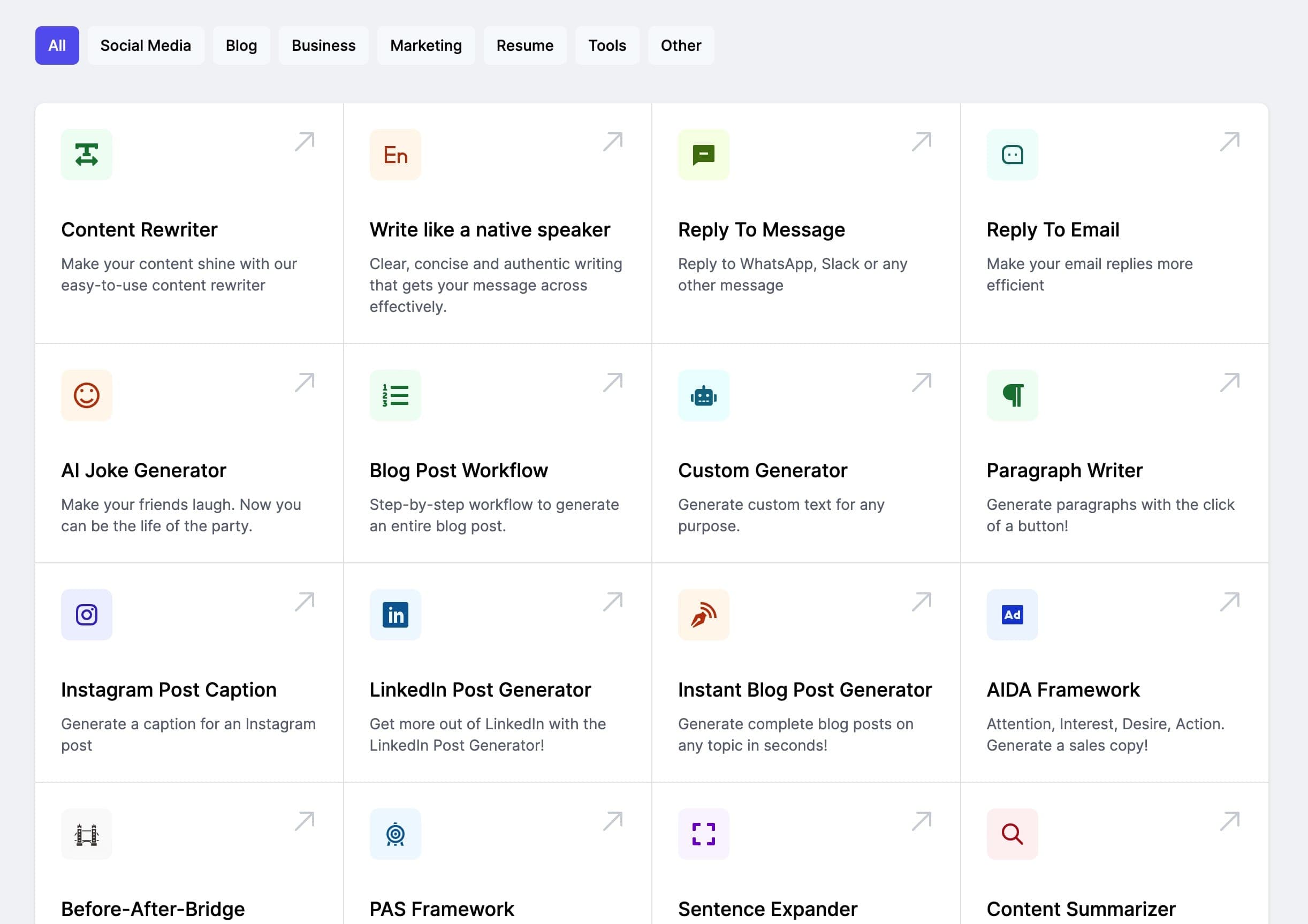ai film making in the Middle East, make it simple
Here is a compelling and informative email newsletter for filmmakers, artists, and creative audiences in the Middle East, focusing on AI filmmaking:
Subject Line: "إبداع الفيلم بالذكاء الاصطناعي: أحدث التطورات في الشرق الأوسط"
**section 1: المقدمة (Introduction)
مرحباً بالجميع!
في هذا العدد من النشرة الإخبارية، سنكشف عن أحدث التطورات في مجال صناعة الأفلام بالذكاء الاصطناعي في الشرق الأوسط. كيف يمكن للذكاء الاصطناعي أن يحول صناعة الأفلام في المنطقة؟ ما هي الفرص والتحديات التي تواجه صناع الأفلام في هذا المجال؟ سن 探讨 هذه الأسئلة وغيرها في هذا العدد.
section 2: تأثير الذكاء الاصطناعي على صناعة الأفلام
• reater accuracy في تحرير الفيديو: يمكن للذكاء الاصطناعي إجراء تحرير الفيديو بسرعة ودقة أكبر من الإنسان.
• تحسين جودة الصوت: الذكاء الاصطناعي يمكن أن يتحكم في جودة الصوت ويقدم تجربة صوتية أفضل للمشاهدين.
• توليد أفكار جديدة: الذكاء الاصطناعي يمكن أن يساعد في توليد أفكار جديدة وإبداعية لصناع الأفلام.
section 3: نماذج ناجحة في الشرق الأوسط
• فيلم "المدينة المستقبلية": فيلم إماراتي يستخدم الذكاء الاصطناعي في تحرير الفيديو وتوليد المؤثرات البصرية.
• فيلم "الطريق إلى مكة": فيلم سعودي يستخدم الذكاء الاصطناعي في تحسين جودة الصوت وتوليد الموسيقى.
section 4: تحديات وفرص
• تحديات في التمويل: كيف يمكن الحصول على تمويل لصناعة أفلام بالذكاء الاصطناعي في المنطقة؟
• فرص للتعاون: كيف يمكن للصناع_collaborate مع بعضهم البعض لتحقيق أهدافهم في صناعة الأفلام بالذكاء الاصطناعي؟
section 5: استنتاج
صناعة الأفلام بالذكاء الاصطناعي في الشرق الأوسط تفتح أبواباً جديدة لإبداع وتحسين جودة الأفلام. نأمل أن يكون هذا العدد قد ساعد في توضيح الفرص والتحديات في هذا المجال. إذا كان لديك أي أسئلة أو تعليقات، نرجو منك مشاركتها معنا.
Call-to-Action: إذا كنت مهتماً في التعلم أكثر عن صناعة الأفلام بالذكاء الاصطناعي، انضم إلى ندوتنا القادمة في [تاريخ] حيث سنستضيف خبراء في هذا المجال.
footer:
نشكرك على اهتمامك بنشرةنا الإخبارية. إذا كنت ترغب في إلغاء الاشتراك، يرجى الضغط على [رابط إلغاء الاشتراك].
